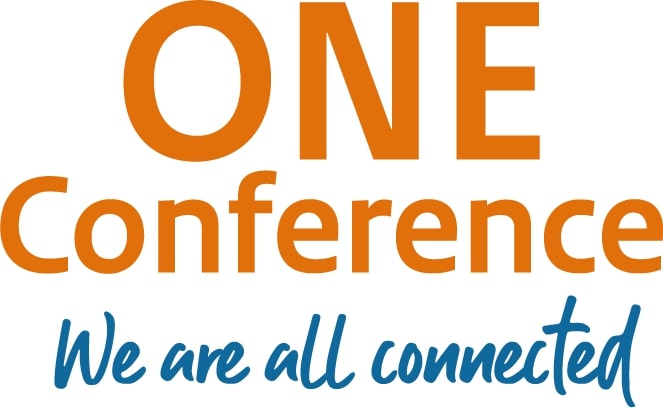CISOs are at the forefront of safeguarding organizations against cyber threats and in pursuit of managing cyber risk effectively for the business. Three of the biggest challenges they encounter are:
- Evolving Threat Landscape: CISOs must stay abreast of emerging threats and adapt their defenses accordingly. This requires robust threat intelligence, risk assessment, and vulnerability management processes. CISOs must be able to rapidly contextualize this information into meaningful insights through a single-pane-of glass as a means to make holistic, well-informed decisions around prioritizing resources for the business (Where, How, Why, etc.).
- Resource Constraints: CISOs face the daunting task of managing cyber risk with limited resources: Budget, staff, and technology. Balancing the need for robust cybersecurity measures with constraints of resources is challenging. CISOs must prioritize investments based on risk exposure, regulatory compliance, and finite resources. They also need to advocate for additional resources from executive leadership through cyber business cases that are defensible and will materially reduce risk (i.e., high Cyber-ROI).
- Complex Regulatory Landscape: Compliance with an increasingly complex regulatory landscape is a significant challenge, especially in highly regulated industries. Navigating a myriad of regulations, standards, and frameworks requires understanding of legal requirements and industry best practices. Moreover, compliance requirements are continually evolving, necessitating monitoring and adjustments to policies and procedures.
Organizations find it challenging to articulate funding requirements for their cyber program, based on a clearly articulated and well understood cyber risk posture in dollars and cents (i.e., business risk). Key executive decision makers need to understand cyber risks in the business context.
To address this, organizations successfully adopted emerging cyber risk quantification (CRQ) practices. Vast amounts of readily available data, combined with matured CRQ methods and technology is ready to enable better informed risk- based decision making as well as enhanced risk communication.
Douwe Mik and Mike Vallone of Booz Allen will highlight how CRQ supports the CISO with this cyber risk foundation, focusing on:
- Increase visibility of real-time risk posture
> Continuous risk assessment at asset level, line of business or application level - Prioritize security investments based on the greatest return on investment
> Add, adjust, or remove initiatives according to your acceptable levels of financial risk. - Communicate cyber risk in language of the business to the C-suite and board
> Create optimized and timely board-level reporting to enhance risk communication and a defensible business case.


